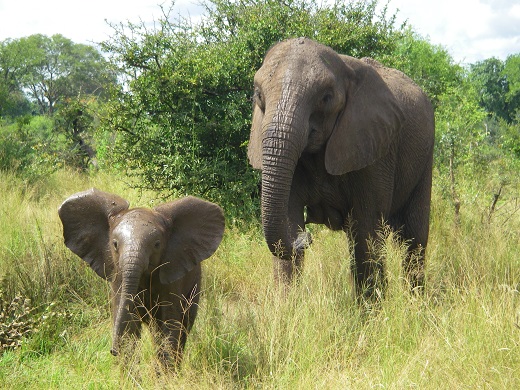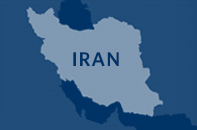10 Animals the President’s Trade Deal Will Help Protect from Illegal Wildlife Trafficking
What’s a pangolin?
A “walking pinecone”? A modern-day dinosaur? Your Google Earth Day Quiz result? There are lots of different ways to describe the pangolin — a cat-sized, scaly creature that lives in Southeast Asia and Africa. But here’s one indisputable fact about the pangolin: It is the most trafficked animal in the world.

Photo credit: Ruslan Rugoals
Traffickers seek out pangolins for their scales and blood — which are boiled off or drained to use in traditional medicine — and their meat, which is considered a delicacy. Thousands of pangolins are trafficked each year, making them among the most critically endangered species in the world and liable to go extinct if we don’t take action.
This is where the President’s trade deal comes in. A trade deal may not seem like an obvious way to help protect pangolins from illegal trafficking, but the Trans-Pacific Partnership is not an ordinary trade deal. As the most progressive trade deal in history, the TPP will put in place environmental standards that combat wildlife trafficking in countries that sign on as our trading partners.
Here’s why that’s important: Five of the countries who will join the TPP deal are among the world’s 17 “mega-diverse” countries — a group covering less than 10 percent of the earth’s area, but supporting more than 70 percent of the earth’s plant and animal species.
Check out just a few of the other animals that the TPP will help protect from wildlife trafficking and overfishing:
Leaf-Eating Langurs

Photo credit: Troup Dresser
Andean Mountain Cats

Hammerhead Sharks

Photo credit: Barry Peters
Elephants

Sea Turtles

Photo credit: Jurriaan Persyn
Tigers

Photo credit: Rennett Stowe
Rhinos

Photo credit: Willem V Strien
Star Tortoises

Photo credit: Dhammika Heenpel
Yellow-Eared Parrots

Photo credit: Francesco Veronesi






